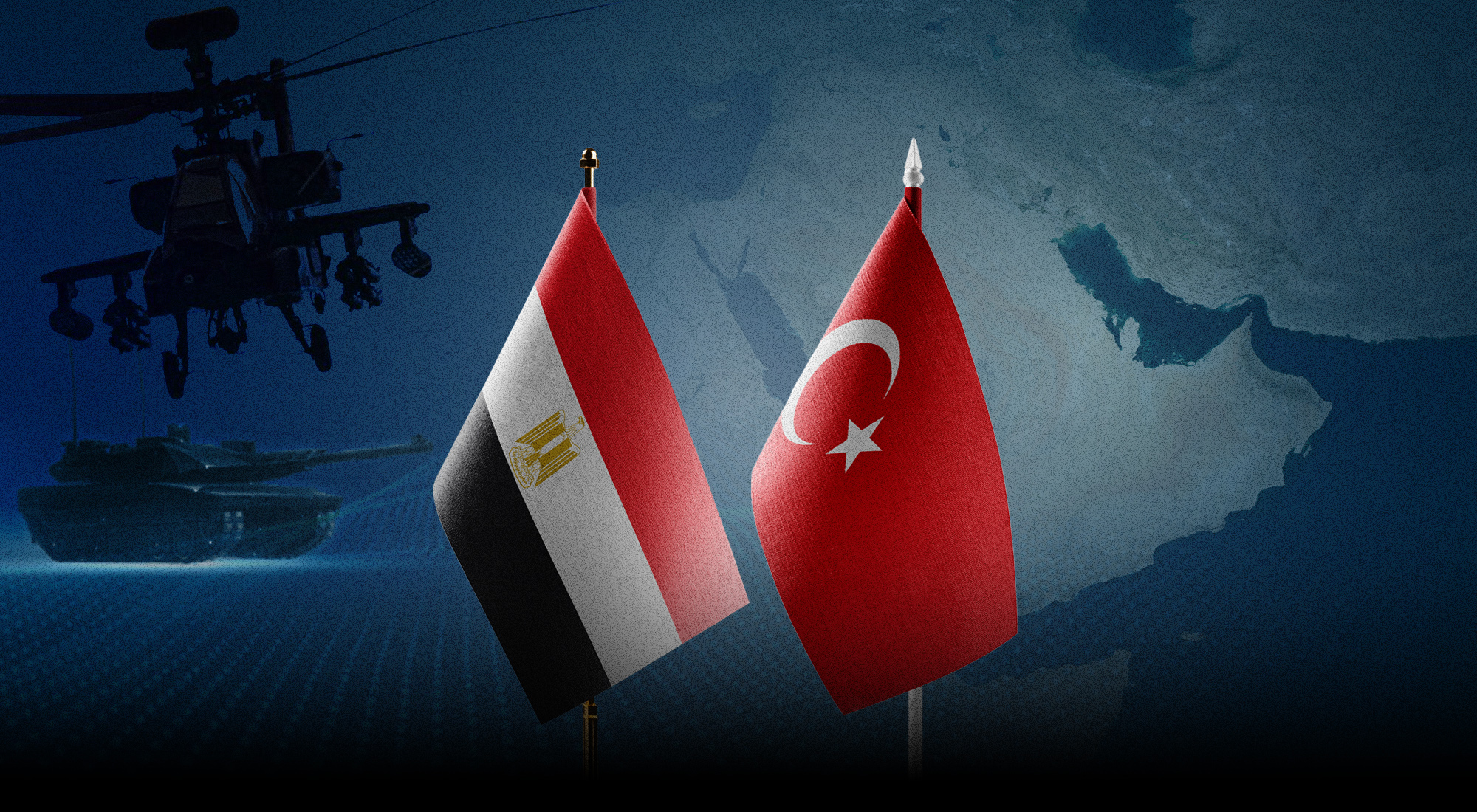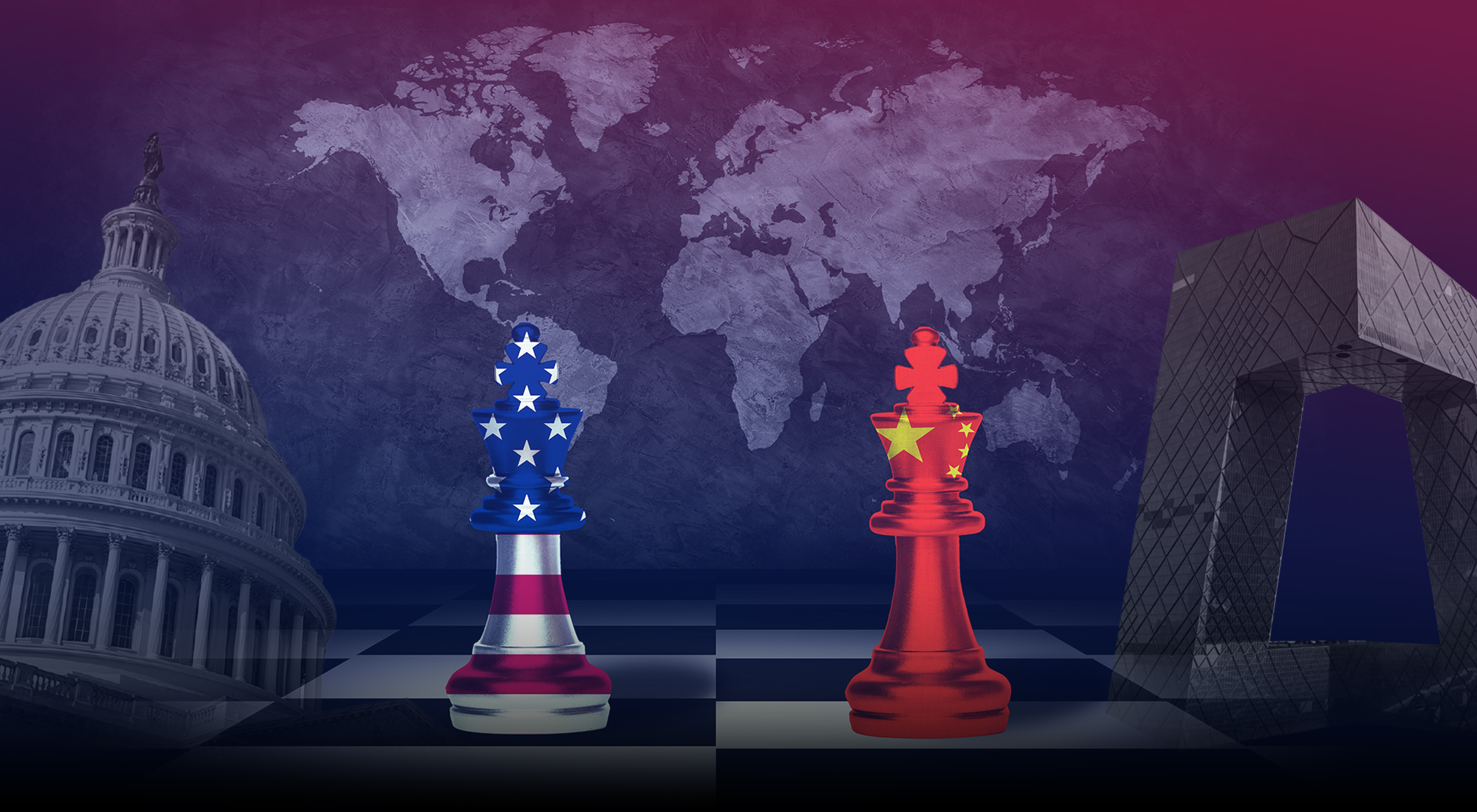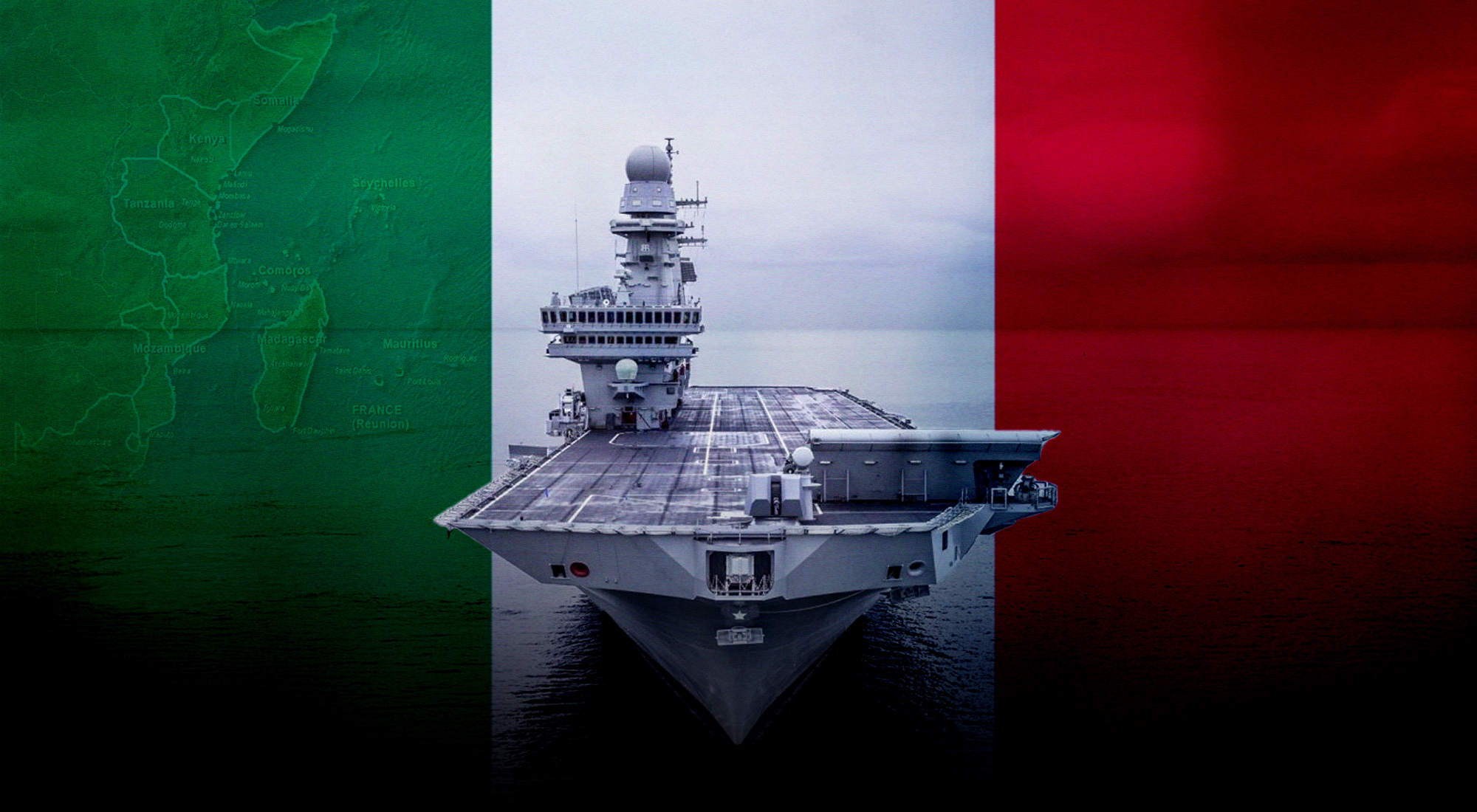The World Economic Forum (WEF) recently released its sobering Global Risks 2016 report. The findings are the results from The Global Risks Perception Survey whereby approximately 750 experts and decision-makers participated from business, academia, civil society and the public sector from various regions and of different ages contributing different areas of expertise. The survey asked respondents to rank 29 global risks over a 10 year time frame – categorized as societal, technological, economic, environmental or geopolitical – according to their perceived likelihood of it occurring and impact if it does. The two ranked categories were: international security threat likelihood and impact of those threats if they happened. The top five international security threats in terms of likelihood were (in order): Large-scale involuntary migration, extreme weather events, failure of climate change mitigation and adaptation, interstate conflict with regional consequences and major natural catastrophes. In terms of ranking the impact of these threats, the failure of climate change mitigation and adaptation was first, weapons of mass destruction second and a fresh water crisis the third. Two things are striking about this report. The first is environmental issues are considered a key international security threat – more than nuclear weapons. Second, among the top 5 most likely international security threats to occur, water is tied to all of them – and may even cause most of them.
The 2016 Global Risk report highlights a glaring problem: global water governance (GWG) is nowhere near the level it needs to be in terms of preventing a water crisis, which can take many forms ranging from fresh water scarcity to flooding. This Insight will focus on one issue: the global governance of fresh water resources – one of the keys to avoiding a water crisis. The Insight highlights the multifaceted GWG challenge as a result of the nature of the global fresh water resource context and the problems with the two existing GWG frameworks: the Nexus Approach and Integrated Water Resource Management (IWRM), which for several reasons do not offer an adequate GWG. They are both so far-reaching they lose efficiency and because key ideas within them like ‘development’ and ‘security’ remain vague and thus hard to operationalize. Furthermore, in order to solve the GWG water problem, others difficult problems must be solved first. These relate to development, efficiency, cooperation, equity, water resource commodification, institutions, laws, suitable balance between actors (social, government, corporate) and paradigmatic views – to name a few. This is the heart of why GWG – as it needs to be to prevent a water crisis – has not yet come into existence. This Insight is a call to attention and highlights the boundaries of the GWG problem.
Landscaping the multifaceted nature of water issues shows the wide range of topics that must be included in GWG. Issues range from demand for clean drinking water, access to it and sanitation, a human socio-economic developmental challenge. Linked to this is water quality and physical and economic water scarcity. Environmental aspects relate to ecosystems, biodiversity and climate change while technical parts pertain to water infrastructure and management such as dams and flood controls. Water can be viewed through a legal lens, whether as an indigenous issue or not a human right. It can be securitized, considered a strategic resource, used as a weapon or a tool for cooperation. It is a common good, defines borders, relationships and identities. Lastly, water is a for-profit traded globalized good and embedded resource (virtual water), which fuels the globalized economy (food-water-energy nexus). As a result of the scope and complexity of fresh water issues, the resource cannot be governed at the national or regional level alone because it extends well beyond state borders. It requires both centralization and decentralization. The UN correctly says “water has long ceased to be a local issue.”[1] Certainly, water is a series of relationships transcending all political borders and existing within them. A GWG approach that will adequately address the scale of the need for governance structures today must be able to overcome conceptual, logistical and at times philosophical divides on how to view and use water.
Existing approaches to GWG are management-based. The state-of-the art on GWG lays in the older Integrated Water Resource Management (IWRM) framework and in the hopes of its successor: the Nexus approach. Both are inherently conceptual as water is linked to everything and consequently its core governance is rooted nowhere. It is indeed the orphan issue of our time. This is not because of lack of awareness about its centrality to all forms of security, but as a result of it. At a time when water security is recognized as a key international security threat, GWG is nowhere near where it needs to be in terms of water use efficiency or water conservation. Although definitions are contested, governance can be considered to be “the patterns that emerge from the governing activities of diverse actors [primarily governments] that can be observed in… acceptable norms of behaviour, and divergent institutional forms.”[2] Given the interconnectivity of issues related to GWG, it relies on decentralized governance in multiple sectors: energy, trade, national security, cities, people, business, finance, climate and economic frameworks. A key challenge to GWG is the complex nature of the multifaceted task, but more germane is that the solutions space is fragmented and highly political.
Currently, two principle GWG frameworks exist, one roughly 25 years old and the other recently having emerged. IWRM emerged in the 1990s after the 1992 Dublin Conference, which prioritized water, promoted stakeholder participation and viewed water as an economic good although the concept was not new as it existed in work toward environmental protection, efficiency, equality and participation, including women.[3] The Dublin Principles were the basis for the development of international organizations such as the World Water Partnership, the World Bank’s water effort, the Global Water Partnership (GWP), the UN’s Millennium Development Goals (MDGs) and the European Unionʼs 2000 Water Framework Directive. IWRM practice has evolved several times, modifications to practice made as demands for new approaches grew resulting in the current holistic IWRM paradigm. One noteworthy evolution is the emergence of adaptive water management (AWM), a systematic process for continually improving management practices.[4] It advances a ‘learn by doing’ strategy with continuous feedback mechanisms from the environment (biophysical and/or social) to shape policy, followed by further systematic investigation, in a perpetual cycle.[5]
The Nexus approach arose as a challenger to IWRM. It has its roots in the 2008 World Economic Forum (WEF) Annual Meeting, which stressed the relationship between water and economic growth. Being born at the WEF means the Nexus approach has a more corporate view. The 2011 Bonn Nexus Conference was the first internationally recognized event held on the water, energy and food security nexus quickly followed by the 2012 Mekong2Rio Conference exploring the trans-boundary context of the nexus taking it from rhetoric to practice. Endorsement by the WEF and GWP, a research agenda and inclusion at the Bonn 2013 conferences led it to be the basis of water strategy in the UN’s sustainable development goals (SDGs), displacing the IWRM found in the MDGs. More recently, the EU along with the German Federal Ministry for Economic Cooperation and Development, the International Food Policy Research Institute (IFPRI), the WWF and the WEF began strongly promoting the approach to governments.[6] It is slowly making inroads as an alternative to IWRM, but is a long way from replacing it. Therefore, both practices have a place in current thinking about GWG. They are different from one another in key ways, but also share a lot of similarities.
In terms of similarities between the two approaches, the objectives of both are to promote better water resource use for societies to develop socially, economically and sustainably. They also share normative ideas on policy integration, optimal governance, scales, stakeholder participation, resource use and sustainable development. Moreover, key to both is sectoral integration.[7] They also highlight ideal governance, however, the Nexus offers little on how governance should occur while the IWRM advances ‘good governance’ principles such as transparency or collaborative decision-making.[8] Among the differences, one key area is their points of departure. While the Nexus approach gives equal importance to water, energy, food and climate sectors, the IWRM views all sectors from a water management perspective meaning IWRM is water-centric versus the Nexus approach being multi-centric. Their preferred scale of interaction between sectors also differs. IWRM is explicitly a centralized national policy with institutional expression at the river basin scale.[9] Conversely, the Nexus approach, “…includes broader macro or meso scale norms for integrating policy sectors between different levels but provides very limited guidance on how this should occur.”[10]
Despite both viewing stakeholder participation as important, IWRM views local communities and civil society as key stakeholders versus the Nexus which believes they are public-private partnerships.[11] This reflects the private and corporate vein of the Nexus approach. Similarly, the efficient use of water in the Nexus approach is economically rational decision-making informed by a comprehensive economic analysis.[12] For IWRM, efficiency refers to correct water pricing and demand management whereby supply calculations are made vis-a-vis water resource assessments, using cost recovery and equitable access. Aside from IWRM and the Nexus approach presenting competing ideas at times, there are various problems with both and this is the crux of the GWG deficit. The first problem is a lack of clarity on what key ideas mean or how to operationalize aims. This applies to both approaches. The Nexus approach includes competing and overlapping ideas about key concepts with limited discussion of definitions. Without clearly delineated concepts, operationalizing the approach is hard in differing national contexts.[13] There is also a definitional debate around all the key ideas of the governance approach: policy integration, governance, participation, resource efficiency and sustainable development. [14] Both GWG ideas advance the concept of ‘security’ in water and its related sectors, yet it too lacks cohesion and contains an unsavoury circularity in that certain security is a precondition of water security. Former UN Secretary General Ban Ki-moon eluded to this point stating:
“Saving our planet, lifting people out of poverty, advancing economic growth… these are one and the same fight. We must connect the dots between climate change, water scarcity, energy shortages, global health, food security and women’s empowerment. Solutions to one problem must be solutions for all.”
The Nexus approach identifies cross-sectoral, multi-scale policy interdependencies to increase policy synergy and despite its definition of water security as what is needed for agriculture, energy production and human livelihoods,[15] there is no established way to do it on the scale required. There is a lack of prioritization and an absence of an ethical check on the mandated economic analysis that would suggest where water is desired. Moreover, consensus is missing on the look and meaning of social, political, economic and ecosystem sectoral integration. The Nexus approach emphasizes integration for water security, but this is not novel as that is the heart of its predecessor, IWRM. What happened is that key areas were prioritized and the rest of them (highlighted in IWRM) were considered implicit within them. Thus, the problems with integration did not go away. With this recognition, GWG is reducible to horizontally and vertically fragmented policy within states and among them.
Water transits across all social, political, economic and environmental sectors and what happens in one sectors affects the others, directly or indirectly. Indeed, the complexity of GWG is intensified by ambiguity around the “which,” “when,” “where” and “who”in terms of addressing it, blurring the solutions space. Water is at the heart of a complex intersection where various dynamics interact. These include demographics, development, trade, society, culture, consumption patterns, technology and climate.[16] Overlapping this construct is a changing international security landscape in the face of the Fourth Industrial Revolution and new socio-political and economic events whirling the global community out of the post-Cold War era into an entirely new one – arguably the resource era. These transformative political and economic shifts are creating vacuums and bulges which have profound ramifications for fresh water. Therefore, there is a need to nurture mavericks in social, political and corporate spheres. Paradoxically, the spectacularly urgent need for a global governance scheme on fresh water comes at the same time when there is increased levels of uncertainty on the ability of global governance institutions to provide security, be accountable and effective calling into question their future roles. Undeniably, the water crisis is a governance crisis.
In closing, as highlighted, the present state of GWG is truncated. There is no common water ethic or place to root global water discourse. Water tends to be a part of everything – sustainable development, participatory governance models, economic growth, globalization and securitization – and as a result nothing in particular. It is managed at the local level (district, province or state), regional level (specific treaties) and international level (international law, treaties, official statements and declarations). Each of these pertain to different aspects of water management ranging from water flow, quality, resources (fisheries), use, control and conservation. It is an apportioned, disjointed multi-level approach with too few interlinking parts to operationalize a global governance effort. In fact, such is the state that one can claim there is no actual GWG mechanism in place, only best management practice implemented irregularly at varying levels in different sectors to with some successes and some failures.
In lieu of an effective GWG arrangement are global partnership and coordination mechanisms like UN Water or the Global Water Partnership, powerful corporations like Viola, Thames and Nestlé, which may help and/or hurt GWG efforts – depending on the normative basis upon which one conceives it. Corporations, by their logic, are concerned about water security for consumptive, commercial purposes versus global partnerships, which seek broader authority over water agenda-setting. However, they tend to be NGO and advocacy groups with insufficient funding and no enforcement capacity or high-level advisory groups that have no ability to generate laws or harness the resources needed to address the scale of the global challenge. For example, the InterAction Council of Former Heads of State and Government is a volunteer-run international organization consisting of more than 30 former heads of state who develop proposals for water action and submit them directly to national and international decision-makers. Yet, it is purely advisory and although governments typically oversee water resource management, meaningful management occurs at the basin-level or at best transboundary level. Yet, the UN’s 2015 World Water Development Report reveals that 158 of the world’s 263 transboundary water basins lack any type of cooperative management framework. Essentially, the water crises we face will worsen. These crises has great potential to force states, or individuals within them, into conflict. Thus, GWG suffers at the level of operationalizable conceptual frameworks at the global, regional and local levels plus a lack of agreement upon who should be empowered as the actors driving GWG.
The reason for the lack of effective GWG is ironically the global dimension of water governance. It is tied to nearly everything, but it is no one state or individual’s actual responsibility. Managing global water resources is infinitely more complicated than trade relations in terms of scope and scale. It is truly the orphan issue of our time. There is no institution, organization, body or laws in existence that can actually provide GWG, manage change, cope with insecurity and transform the water story. Water ministries, experts and water managers rarely engage beyond conference rhetoric. Planning for public health, urbanization, cities, businesses, development, privatization, industrialization, energy production and agricultural development is mostly done in isolation although this is now recognized to be a flawed practice. Furthermore, the UN explains “water demands and uses are often managed in silos with each focused on meeting specific developmental objectives, rather than as part of an overarching and strategic framework that balances different water uses to … share its various benefits across society and the economy.”[17] But, save the political challenges, truly integrating all this planning within states and among them on the scale needed is a gargantuan logistical challenge not yet resolved. Artificial Intelligence may have something to offer in this regard in the future, if we can get the data inputs correct. Climate change exacerbates the water governance problem and its impacts[18] making the case for engagement with actors outside the ‘water box’ even more convincing. This is a call for urgent action as water is arguably the world’s biggest threat multiplier.
[1] United Nations,. 2012. World Water Development Report 4: Managing Water Under Uncertainty And Risk. Paris, France: UNESCO, p.40.
[2] Adger, N. and Jordan, A. (2009). Governing sustainability. 1st ed. Cambridge: Cambridge University Press, p.1.
[3] Biswas, A. (2008). Current directions: integrated water resources management – a second look. Water International, 33(3), pp.274-278.
[4] Engle, N., Johns, O., Lemos, M. and Nelson, D. (2011). Integrated and adaptive management of water resources: Tensions, legacies, and the next best thing. Ecology and Society, 16(1), p.19.
[5] Allen, C., Fontaine, J., Pope, K. and Garmestani, A. (2011). Adaptive management for a turbulent future. Journal of Environmental Management, 92(5), pp.1339-1345.
[6] Benson, D., Gain, A. and Rouillard, J. (2015). Water governance in a comparative perspective: From IWRM to a ‘nexus’ approach?. Water Alternatives, 8(1), pp.759.
[7] Ibid., p.760.
[8] Gain, A., Rouillard, J. and Benson, D. (2013). Can Integrated Water Resources Management Increase Adaptive Capacity to Climate Change Adaptation? A Critical Review. Journal of Water Resource and Protection, 5(4), pp.11-20.
[9] Rouillard, J., Benson, D. and Gain, A. (2014). Evaluating IWRM implementation success: are water policies in Bangladesh enhancing adaptive capacity to climate change impacts?. International Journal of Water Resources Development, 30(3), pp.515-527.
[10] Op. Cit. Benson, D., Gain, A. and Rouillard, J. (2015), p.760.
[11] World Economic Forum, (2011). Water security: The water-food-energy-climate nexus. Washington: Island Press (2011).
[12] Op. Cit. World Economic Forum (2011), p.204.
[13] Op. Cit. Benson, D., Jordan, A., Cook, H. and Smith, L. (2013), p.756.
[14] Op. Cit. World Economic Forum (2011), p.3.
[15] Op. Cit. World Economic Forum (2011), p.3.
[16] Ünver, Olcay. 2017. “Global Governance Of Water: A Practitioner’s Perspective”. Global Governance 14 (4): 409.
[17] United Nations,. 2012. World Water Development Report 4: Managing Water Under Uncertainty And Risk. Paris, France: UNESCO, p.23.
[18] Steer, A. 2010. From The Pump Room To The Board Room: Water’s Central Role In Climate Change Adaptation. Washington DC: The World Bank.








